Pet-Friendly Pest Control
- (541) 636-0146
- Schedule Service
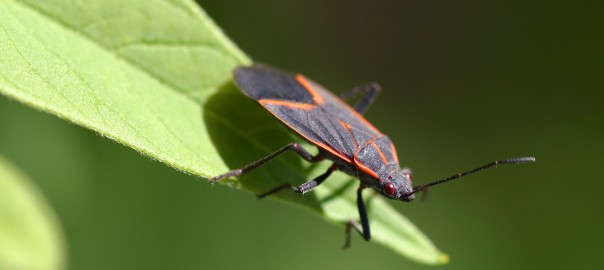
Boxelder bugs and stinkbugs are two pests we get calls for year-around. Both true bugs, they’re nuisance pests that congregate in huge numbers on our homes and vehicles. Dealing with them can be a hassle, and even from a pest control viewpoint, they’re not the easiest pests to remove. Let’s take a little time to get to know them and why they haunt our homes each year. A better understanding of these pests can help you determine which actions you’d like to take, and what a pest control professional can do to alleviate the problem from your home.
There are many types of elder beetles, but boxelder bugs are likely the biggest nuisance among them, and certainly so in our region. Boxelder bugs (Boisea trivittata) have a tell-tale red design on their backs (see below), and are somewhat small, black, and move slowly most of the time. They fly well and can be found buzzing around certain trees and the walls of your home when it’s warmer out. Typically, they’re seen mobbing specific trees, from their namesake boxelder trees, to others, like maple and ash, and even certain fruit trees, as well. This makes elder bugs more common in rural areas, but most downtown areas have fruit trees and other favorites here and there, so these pests can be found just about anywhere. They usually breed on and around these trees in the spring and summer, and even into late autumn. They will also feed on the trees if possible, with a diet that consists heavily of maple seeds. These insects use modified sucking mouthparts to pierce the leaves of trees, looking for water, though this behavior doesn’t damage the tree or cause any real problems in the long run. To a boxelder bug, the warmer the area, the better, so they can be found most often on the western or southern sides of trees and rock walls. For our purposes, we’ll focus on the most common of these types of bugs in the Pacific Northwest: The boxelders, stinkbugs (specifically the highly invasive Brown Marmoted Stinkbug, Halyomorpha halys), and shield bugs (varied, family Pentatomidae). All three of these function in very similar ways, and end up on your home for essentially the same reasons, during the same times of year.
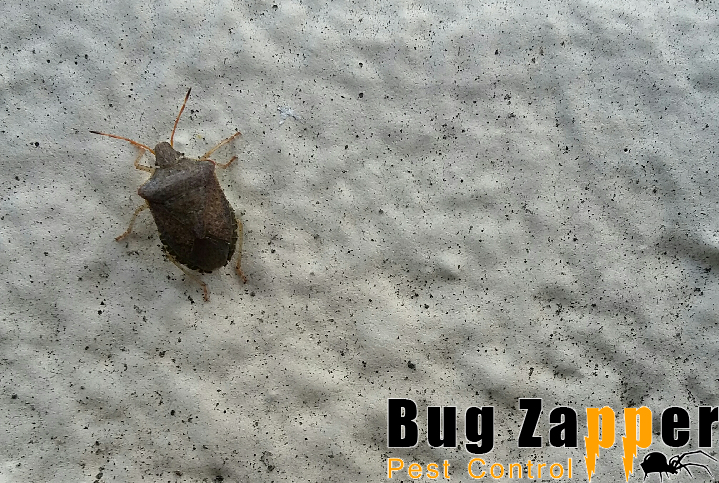
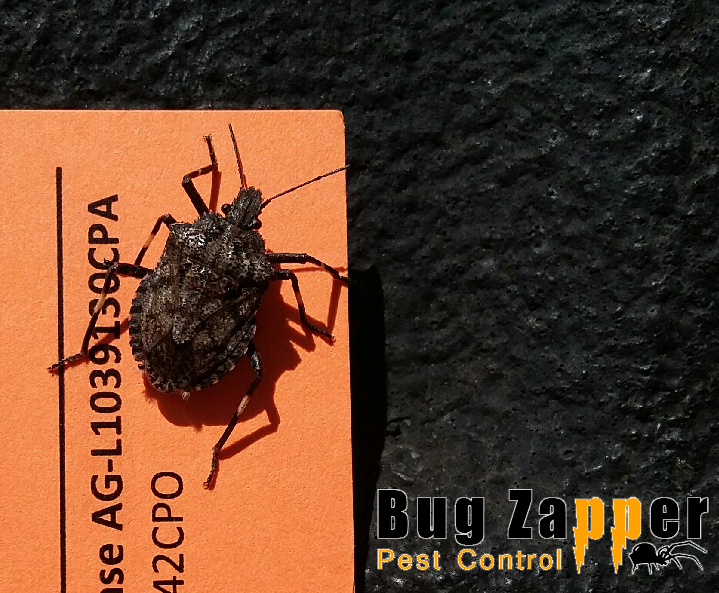
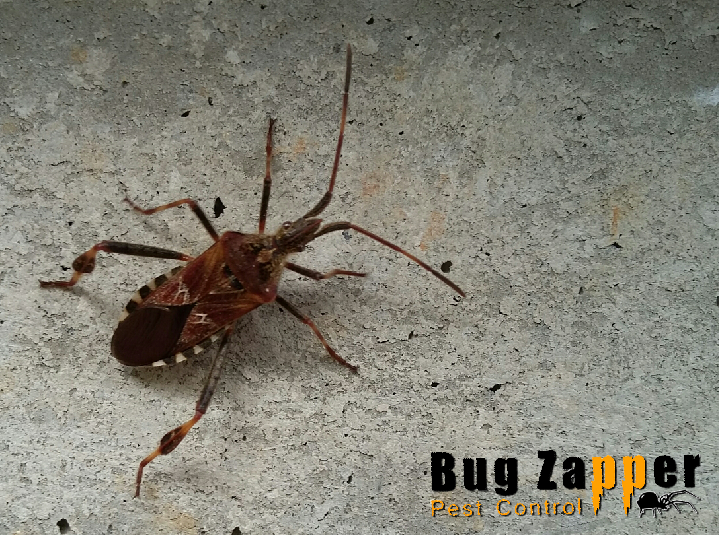
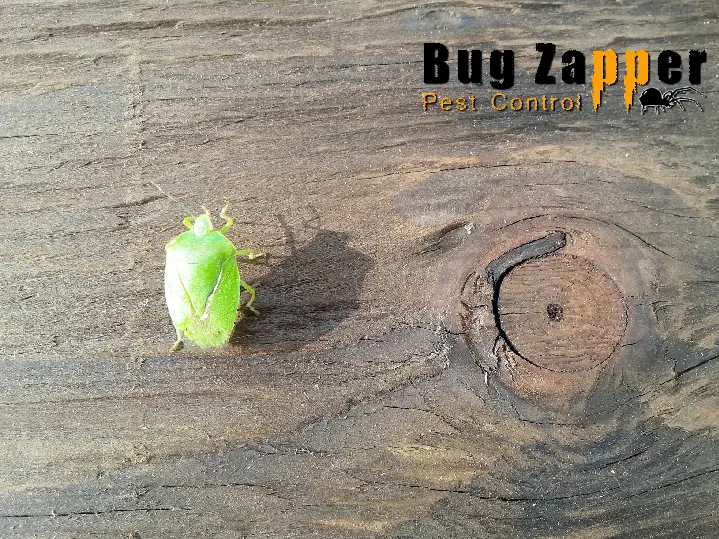
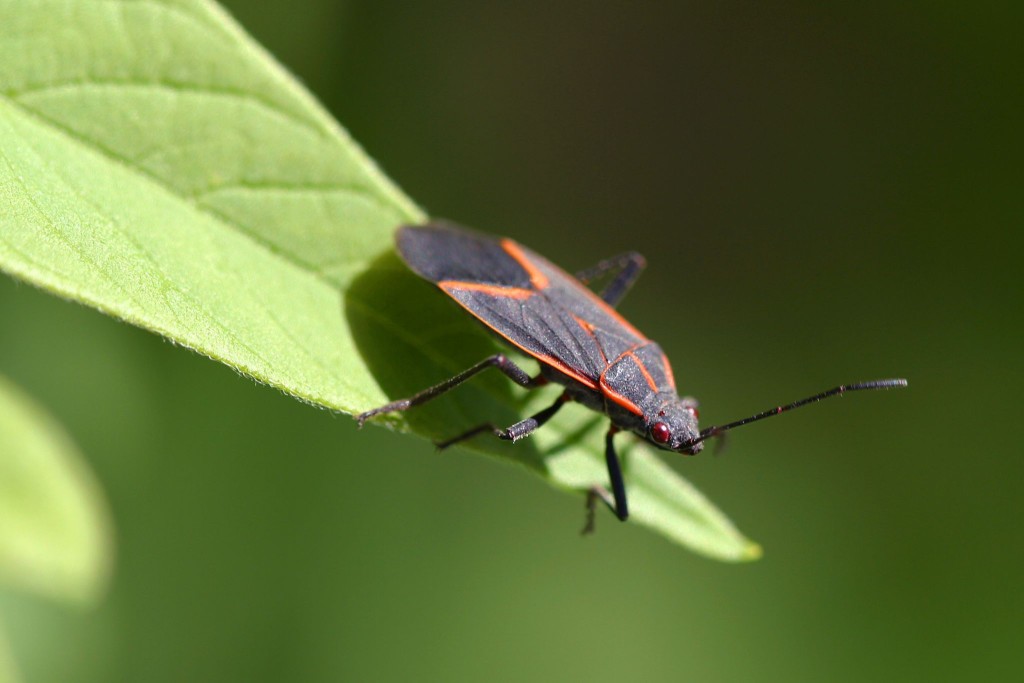
For our concerns, we’ll focus on the place they are often found that will concern you the most: Your home. Boxelder bugs are attracted to the warmer exterior walls of structures. While they’ll get just about anywhere, the majority of them will be on those walls warmest to the touch. Their purpose in massing on your home is both reproductive (spring and summer) and shelter (fall and even into winter). While you may find large numbers of them on your home in the earlier months, the cold pushes them to seek shelter in the Fall, so they become more prevalent as a nuisance pest in the later portion of the year. Boxelders, in particular, are incredibly sensitive to temperature shifts, and will move toward warmth in the colder months with much energy. As a general rule: If it’s warm, they can get in there. Elder bugs specialize in penetrating hard-to-reach places, and when winter approaches, they’ll need to hide in a heated place, remaining there and barely moving until warmer weather arrives. This overwintering results in a mass emergence in the spring, as the previous generation emerges to reproduce quickly, thus beginning the cycle all over again. If you have a large mob of elder bugs on your home this year, you can rest assured that the problem will contribute heavily to having them again next spring. They’ll do this when they re-emerge and start reproducing, and most likely, where they already live: Your home.
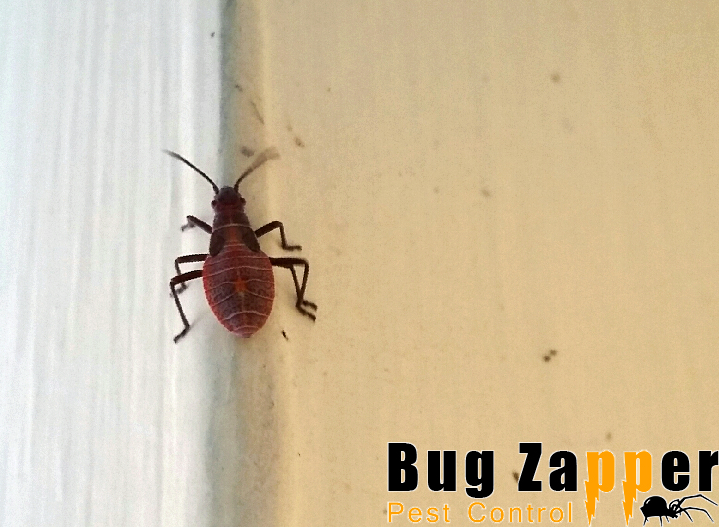
Luckily, elder bugs do not bite or sting, and generally have no interest in human beings at all. Neither do they have much interest in your houseplants or pets. Generally, if you find elder bugs near your houseplants, they’re simply thirsty and looking for water wherever they can get it. Also, elder bugs rarely cause any sort of damage to your home, physically (though they can clog vents). However they can be a nuisance in other ways. If you’ve just painted your home, they can be a real problem landing and dying in your paint, causing you to have to scrape them down and go over all of it again, or tracking through it and then walking across your windows, causing a fairly miserable cleanup attempt on your part. The most common problem you’ll have with boxelder bugs and stinkbugs, however, is seeing them; they’re easy to spot, look like wasps from more than a few feet away, and thousands of large bugs crawling all over you house can be very unsettling. Worse, they might begin entering your home, at which point you’ll find them all over the place, and especially near warmer windows and walls. Their lifespan is quite short, as well, meaning that they can get inside your home and perish there, causing you to have to sweep them up over and over again. They also leave a great amount of waste behind, and no one wants bug excrement in their kitchen (or anywhere, for that matter).

Another important problem with elder bugs is that when crushed, they can stain the material they are on. If you have boxelder bugs in your home, try not to crush them, as you can inadvertently leave stains behind that are difficult to get rid of. They also can release a minor odor that can be problematic when large numbers of them are killed quickly. In the case of stinkbugs, the problem is worse: They can leave a stain behind, yes, but also a much more noxious odor that is slow to dissipate, hence the name. Also, Stinkbugs are larger and somewhat noisy when flying, and will often mass into huge flying swarms next to your house. The intense sound this makes is extremely unnerving and approaching this swarm of hundreds (or even thousands) will inevitably result in you getting smacked in the face more than a few times. Our technicians have encountered this “cloud of noise” numerous times. It “sounds like someone is flying a drone around your head.” This behavior is unnerving and unwanted, to say the least, especially when you’re just trying to leave your house and don’t want to get into your car while covered in large insects that smell awful.
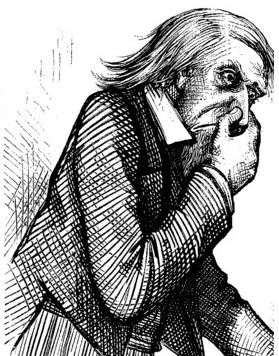
Due to their specialized habit of roaming our outer walls and windows, elder bugs, and specifically boxelders and stinkbugs, can be real nuisance pests, and dealing with them can be particularly troublesome. Unlike other household problems like spiders or ants, elder bugs can fly, and they do it very well. This means that they typically won’t arrive on your wall by climbing up from ground level. In turn, it also means that standard pesticide barriers are far less effective on them than on ants or spiders. Flight changes everything, and it’s also one of the biggest contributors to the spread of the Brown Marmoted Stinkbug, which is invasive and a real pest to our regional agriculture. These now-common stinkbugs did not exist in our region even 30 years ago, but are now a constant sight in the Summer and Fall months. We see them so often that it just seems they’ve always been here, but your parents generation grew up in a Pacific Northwest that did not include these heavy, stinky pests. If that’s not bad enough, there’s a newer development that has come to light, as well: Boxelder bugs, in some instances, have been documented feeding on not only paper wasp larvae in wasp nests, but on dead mice. This is surprising as they have not, to date, been considered carnivorous. This is an uncommon find, however, and it remains to be seen if boxelders, as a species, will commonly use these methods for feeding, or if these are isolated incidents among a very small sub-group.

The ability of some insects to fly changes, by necessity, the way in which your pest control expert handles a particular pest. With wasps, there is always a nest nearby, and the most successful tactic in removing a wasp problem begins with that nest, and ends in a barrier treatment where wasps are likely to attempt building a new nest. Translated: We remove the nest, then treat your eaves to keep wasps from building another (Paper Wasps/Bald Faced Hornets), or we dig up the nest and remove it from the ground physically, and then carefully treat that area to keep the nest from being rebuilt (Yellow Jackets). This works wonders and is always 100% effective, but here again, we have a problem with elder bugs. Boxelder bugs and stinkbugs don’t nest the way wasps do, but rather spend their time hatching from various places and then can mass on the sunny, warm walls of your home. There is no singular nest to remove, or singular place to treat, like your eaves or base perimeter, that will solve the problem. They land on your walls and windows and walk about looking for mates, and then, when mating has concluded, they burrow in and hide, much in the same way winged ant queens seek out overwintering spots in the fall. It’s all about eating, mating, and then surviving the winter to start out the next generation.

So how can elder bug problems be treated? The answer to this involves a multi-tiered solution, in which several approaches are utilized. The best method is in using a series of clever spot treatments, crack and crevice treatments, and occasional surface sprays to keep them from massing on your walls. The fewer there are on your wall, the fewer will be attracted to that wall for mating purposes, and those that do approach, for the warmth, will be greeted by a repellent that makes the area unpleasant for them, or that kills them if they choose to overstay their welcome. In this manner, a good pest control technician will employ several approaches and products, including and especially a repellent, and the treatments applied should be residual, meaning they’re focused on long-lasting protection, rather than a quick (and fading) knockdown effect. The idea is to cut down their potential for congregating on your wall to the point that they find some other place to congregate (or perish trying to live on your structure), thus removing any need for further bugs to land and try the same.
We’re Bug Zapper Pest Control. Boxelder Bugs and Stinkbugs are no problem for us! We’re locally owned for fast, exceptional service.
5 Star Pest Control Service available in Albany, Ashland, Corvallis, Eugene, Grants Pass, McMinnville, Medford, Newberg, Roseburg, Drain, Sutherlin, Salem, Sweet Home, Scio, Lebanon, Sherwood, Wilsonville, Woodburn, Tigard, Tualatin and surrounding areas.



